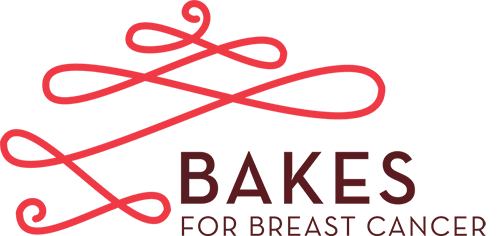From a striking work of art that depicts New England culture, to interactive screens that allow patients to access information instantly, to a display of the building’s signed steel beams, the Yawkey Center for Cancer Care features unique visual elements. Here are a few.
The mandala

Meditation and diversion are the twin themes of Human Nature, the new suspended sculpture in the Bekenstein Family Atrium Lobby of the Yawkey Center.
Created by Ralph Helmick, a Newton-based artist best known for his Arthur Fiedler Memorial on Boston’s Esplanade, the piece — done in the “mandala” art form, in which an integrated structure is organized around a unifying center — includes more than 250 leaf forms of varied colors and shapes.
More than 100 leaves feature images relating to flora and fauna native to New England. Other shapes, emphasizing oceanic and avian life forms, allude to local history and culture.
“Context begets creativity, and I was — and am — deeply impressed by the special culture found at Dana Farber,” says Helmick. “Illness, healing, passion, and compassion define this place. In response to this context, the sculpture aims to promote reverie sympathetic to the site.”
“Why falling leaves? Seasonal change is a local gift,” he continues. “The colors of autumn eventually fade into winter, but they also include the promise and renewal of spring. Why a mandala? It’s a form that embodies both hope and acceptance.”
The conceptual design of the Yawkey Center’s signature art piece was a collaboration of the artist, the Institute’s Art and Environment Committee, patients, families, staff, and building architects. The creation of Human Nature was made possible by a gift from the Friends of Dana-Farber Cancer Institute.
The Cutler Art Gallery and Sharf Rotating Art Collection

Art enthusiasts are sure to spend a lot of time on Yawkey 3 in the Alice and Stephen D. Cutler Art Gallery or viewing the Sharf Rotating Art Collection. The Cutler Art Gallery, located outside the conference center, features pop art. Artists include Alex Katz, Larry Rivers, Red Grooms, and others. The gallery is named by Dana-Farber Trustee Alice Cutler and her husband Stephen.
Just beyond the Cutler Gallery is the Sharf Rotating Art Collection. The current collection includes 12 pieces of American fashion drawings, on loan to the Friends of Dana-Farber by Trustee Jean Sharf and her husband, Frederic, and the Museum of Fine Arts in Boston. The illustrations represent three decades of advertising drawings produced by Kenneth Paul Block. The pieces will be on exhibit for two years.
The beam display
On Yawkey 1 there is a display to commemorate a construction milestone: the signing of the steel beams that support the new building. These names, spray-painted by ironworkers during the Yawkey Center’s construction or hand-written by patients and staff members, literally form the framework of the building. The inscriptions represent the names of patients in treatment, staff members who care for them, cancer survivors, Dana-Farber benefactors, and all those who live on in the memories of loved ones.
The Gene Display
Built into the curved walls of the tunnel linking the Yawkey Center and Dana building on P2 — known as the Gene Display Connector — is the Gene Display itself. The dynamic exhibit, a visual expression of the science going on at Dana-Farber, represents microarrays, an innovative technology used to survey the behavior of many genes in one tumor cell.
Patients and families will be able to see how Dana-Farber science relates to their care as they walk by the display and its colorful four-by-four inch tiles, representing genes, and view videos explaining the science behind the display.
“The changing colors, viewed up close, convey the excitement of a research field moving quickly, yet the gradation of color viewed from a distance shows steady progress and perseverance,” says Todd Golub, MD, a Dana-Farber pediatric oncologist and expert in genomic medicine.
Many of the genes have already been named and are personally inscribed with a message of hope or in honor of a family member, friend, or caregiver.
Learn more about naming a gene
Patient self-service stations
When patients enter the Ruth and Carl J. Shapiro Center for Patients and Families on the first floor, they can use one of three self-service stations to obtain and print information about resources that may be helpful to them at Dana-Farber, the Longwood Medical Area, and around Boston.
Information includes a calendar of events at Dana-Farber that day and week, transportation, maps and directions, places to eat and stay, things to do, and local services, such as neighboring banks and ATMs.
“The stations will serve as an additional resource for patients and families to find answers to common questions quickly and easily,” says Deborah Toffler, MSW, LCSW, director of the Shapiro Center for Patients and Families and Volunteer Services.
“While they are not a replacement for face-to-face assistance and support, we believe the stations will be a useful tool and time-saver for our patients and the Institute.”
Courtesy of Dana-Farber Cancer Institute

